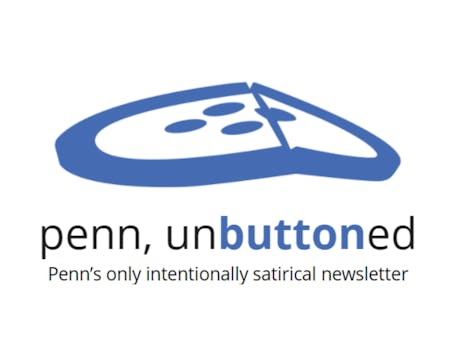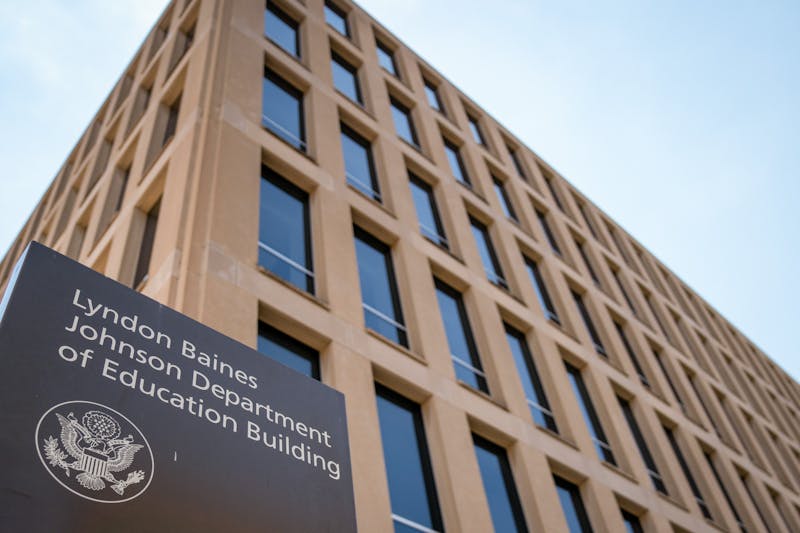The University of North Carolina abolished early decision last week, becoming the first top-ranked American university to drop the program and allowing high school students interested in the school -- especially those from low-income families -- to breathe at least a small sigh of relief.
"We ultimately concluded that the value of early decision was not worth the cost of student and parent anxiety and less diversity in our pool," UNC Admissions Director Jerome Lucido said, noting that 82 percent of UNC's early applicants were white, while white students comprised only 69 percent of their regular candidates.
"Early decision was a more homogeneous, financially able pool because they had more opportunities, more experience and better college counseling," Lucido explained. "Early decision discouraged others who did not have that financial advantage."
Early decision has grown in popularity in recent years, as it provides students a chance to compete for their first choice school early during their senior year and among a smaller application pool.
However, it also forbids them from applying to other colleges and forces them to accept if that thick envelope happens to arrive in the mail come winter.
For the past three years, UNC gave students three application options -- an October deadline for binding early decision, a November deadline for non-binding early action and a January deadline for regular decision -- but decided in the end that the problems with early decision outweighed the benefits.
"We ran a program as responsibly as you could," Lucido said, noting that the university accepted less than a quarter of its incoming classes early, imposed deferential acceptance standards and gave financial aid estimates to early applicants.
Now, the school has decided to offer only regular decision and non-binding early notification, in which acceptance letters are sent in January and commitments are not due until May. The UNC early notification is similar to the early action system used by Harvard University and the Massachusetts Institute of Technology.
"It's in our students' best interests and ultimately in our best interest," Lucido said. "E.D. serves the interest of the college more than it serves that of the student."
UNC is not alone in its re-evaluation of early decision. Lately, the program has come under much scrutiny, as the number of early applications has risen drastically over the past several years and many universities admit an increasingly higher percentage of their freshman class early.
Some, including Penn, have filled nearly half of their freshman class by January.
Yale University President Richard Levin criticized binding early decision several months ago, saying that it would be good for the Ivy League to jointly abandon the process. However, there is no indication that this group effort will ever occur, and even Yale has yet to drop its own early decision program.
Levin recently met with a Justice Department official to discuss whether such collective action would violate antitrust laws, The Yale Daily News reported on May 6.
President Judith Rodin said that the issue of early decision will be discussed at the June meeting of the Ivy League presidents and that Penn must examine its own data before it even considers abolishing the program.
"Personally, I think that focusing on early decision as the full source of the stress that high school students feel during the application process is not necessary," Rodin said. "The whole process in itself is stressful."
Penn Admissions Dean Lee Stetson said that the University, which has offered early decision for about 40 years and currently accepts between 40 and 50 percent of its incoming classes early, has no plans to drop the program at this time.
"We're going to continue to analyze the effectiveness of early decision," Stetson said, explaining that the University may look into cutting back the number of early applicants accepted and encouraging more minority and low-income students to apply through early decision. "We're examining the situation, but we're not doing it in reaction to UNC's announcement."
Stetson added that while Penn sees a slightly less diverse applicant pool during early decision, the admissions office makes up for it during its regular application period, in which Penn makes 70 percent of its offers.
Many skeptics argue that schools hold onto their early decision programs to keep up their yield, or the number of accepted students who actually matriculate, as high yield rates equal top spots in the annual U.S. News and World Report college rankings list. But Lucido said that he does not predict a change in UNC's yield rate in the wake of the decision, and that the choice to drop early decision is determined by more than mere numbers.
"I like to compare it to nuclear disarmament -- one country won't give up their weapons unless all the other countries do," Lucido said. "That's a little dramatic, of course, but to many schools, dropping E.D. doesn't seem like a good decision because there is so much competition."
Lucido said that the abolishment of early decision will not affect the number of UNC's acceptances, but he foresees a greater number of early applicants.
In the meantime, many universities are taking a second look at their early decision processes. But the choice to do away with the practice may not be a solution for everyone.
"There might be some sporadic announcements," Stetson said, mentioning that Beloit College, a small liberal arts school in Wisconsin, recently annulled its early decision program as well. "But it will depend upon the school's own particular situation, not a philosophical decision about early decision itself."
The Daily Pennsylvanian is an independent, student-run newspaper. Please consider making a donation to support the coverage that shapes the University. Your generosity ensures a future of strong journalism at Penn.
DonatePlease note All comments are eligible for publication in The Daily Pennsylvanian.







